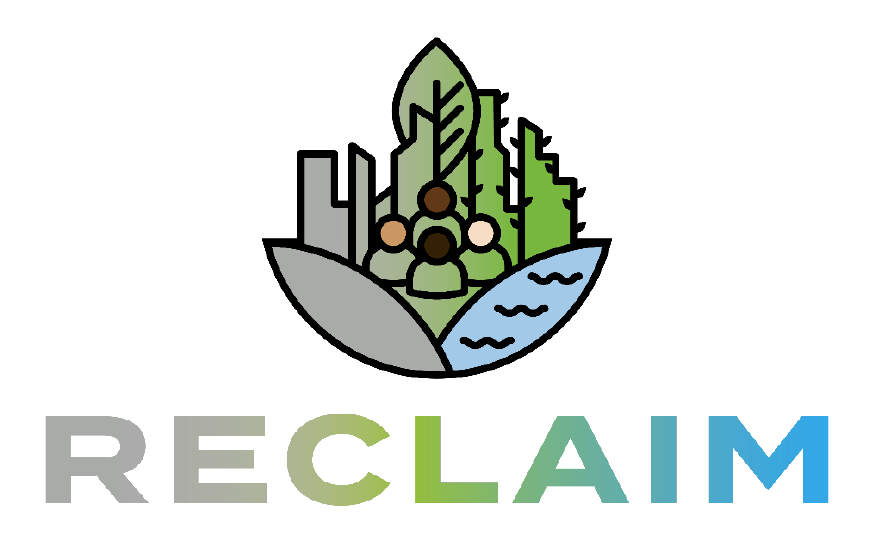Catchment-scale benefits and dis-benefits of green-grey infrastructures in urban rivers
This RECLAIM project is a collaboration between the University of Bath, University of Surrey, UK Centre for Ecology & Hydrology (UKCEH) and Cardiff City. Focusing on the use of nature-based solutions to reduce flood risk, the team is trying to assess the benefits as well as potential dis-benefits of green spaces in urban areas. The benefits of green space for mitigating flood risk are well-documented and include enhanced infiltration of rain, reducing the flow in urban rivers and drainage systems, and potentially slowing down the flow over land. In contrast, the dis-benefits include the potential for debris to accumulate and restrict (ultimately block) the flow in urban rivers and into drainage systems. This is particularly critical when debris block trash screens that are installed to protect culverts (see Figure 1). Once debris has accumulated, maintenance teams need to be dispatched to clean the site, which is costly and often difficult work during periods of elevated flood flow.
Figure 1. Example of debris on trash screen on an urban river in Cardiff (Heol Gabriel).
Benefits
Work is also ongoing to develop a new version of UKCEH’s ANaRM model (Miller et al., 2023) for the City of Cardiff. The model assesses the potential for reducing surface water flooding and river flows that can be achieved by changing land-use to nature-based solutions (green space in this case). Applying the models requires detailed examination of land-cover patterns and how engineered interventions have altered the natural state of the river network. While the ANaRM model is being applied across the city, we pay particular attention to the sub-catchments upstream of the CCTV monitored trash screens. A detailed land-cover map for Cardiff City and the surrounding areas has been developed, including modifications to ensure that engineered waterways are accurately represented in our computer models. A second map is being developed representing the changes expected from future urban developments in the region. Figure 2 below shows an example of the land-cover map and also the catchment areas draining to selected trash screens on local water courses in Cardiff (black lines).
Figure 2. Example of detailed land-cover map and catchment areas for water courses draining to trash screens on local water courses
Disbenefits
The work on detection of block-risk from CCTV images has benefitted from the involvement of experts in machine learning from the Department of Computer Science and the Institute of Mathematical Innovation (IMI) at the University of Bath. Detailed analysis of more than 1000 images from a single camera has shown that machine learning algorithms can detect blocking with an accuracy of close to 85%. These are promising results and work is ongoing to further refine the underlying machine learning algorithms to provide even better predictions.
Bringing it all together
Considering both the benefits and the dis-benefits, the project will allow us to jointly consider the potential impact of green space on flood risk in the city. While flood risk is important, we also recognise that green space might have multiple benefits not considered in this project, such as improving air quality and a general sense of well-being for local communities.
Acknowledgements
The team is grateful for the funding provided by the UKRI-funded RECLAIM Network Plus grant (EP/W034034/1).
Project team:
University of Bath: Dr Chris Rowlatt (Institute of Mathematical Innovation), Dr Andy Barnes (Computer Science), and Dr Thomas Kjeldsen (Architecture and Civil Engineering)
UKCEH: Alice Fitch, Dr Gianni Vesuviano, and Laurence Jones
University of Surrey: Sisay Debele and Prashant Kumar (Global Centre for Clean Air Research)
Cardiff City: Simon Dooley
References:
Miller, J.D., Vesuviano, G., Wallbank, J.R., Fletcher, D.H. and Jones, L., 2023. Hydrological assessment of urban Nature-Based Solutions for urban planning using Ecosystem Service toolkit applications. Landscape and Urban Planning, 234, p.104737.


